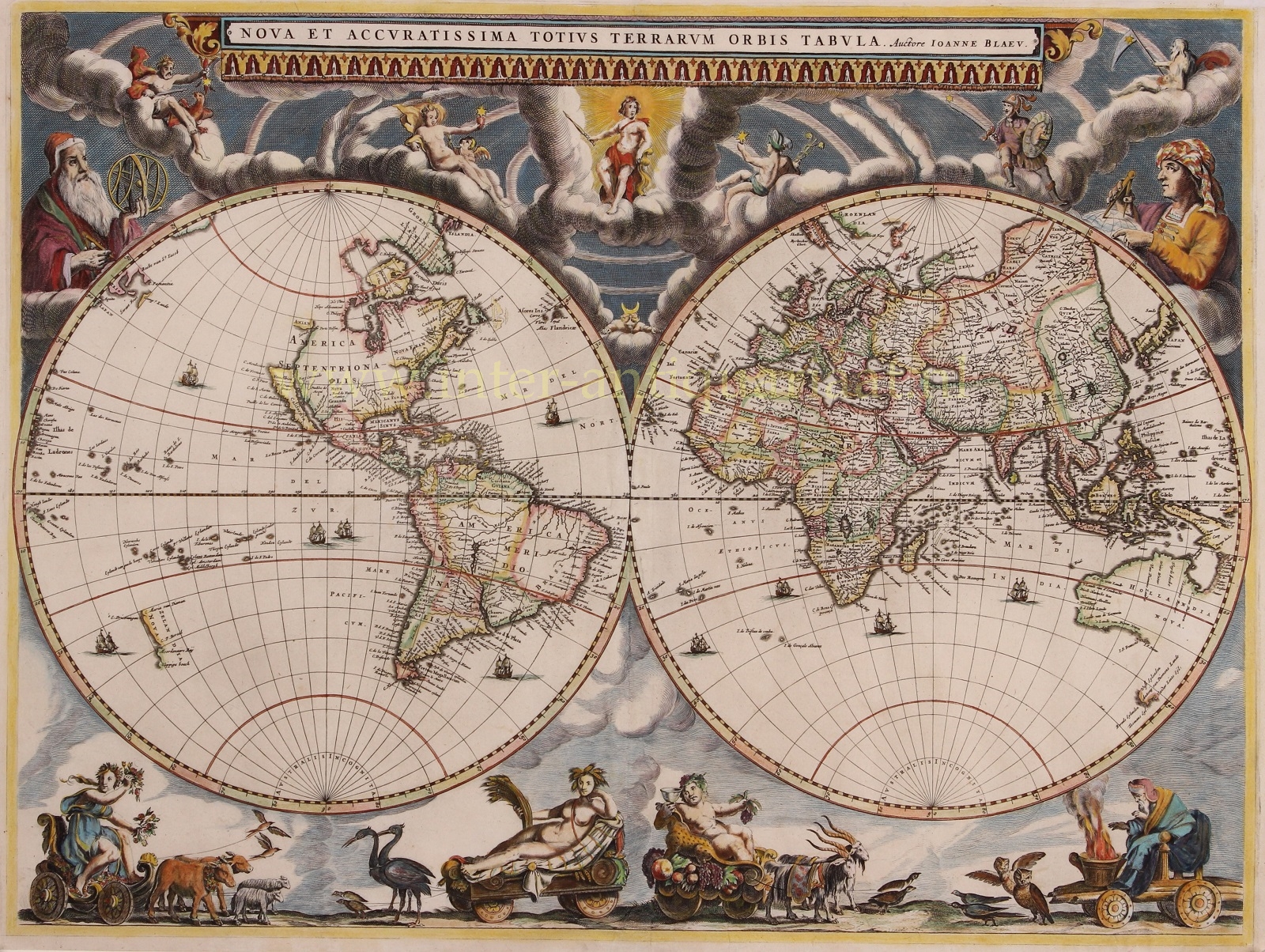Maps are treasure chests disguised as paper — cartographic time machines that whisper the secrets of old empires, bold explorers, vanished borders, and curious mistakes that reveal how humans once imagined the world. For investors with a taste for history and a sharp eye for scarcity, collectible maps have quietly emerged as an offshore alternative asset with tremendous upside.
Welcome aboard the galleon of geography — let’s chart what makes maps such a valuable investment class.
Why Maps Matter as an Asset
While stocks jitter and currencies wobble like penguins on roller skates, rare maps provide a tangible store of value rooted in:
- Art + History: They are dual-asset collectibles — fine art and historical artifact.
- Scarcity: Only so many first printings still exist, and even fewer in pristine condition.
- Cultural Significance: Maps reflect the expansion of global trade, colonial influence, and scientific discovery.
- Wealth Migration Trends: High-net-worth collectors globally are diversifying into “passion assets” like vintage wines, rare instruments… and maps.
What once guided explorers now guides wealth preservation.
The Most Valuable Maps in Demand Today
Collectors crave the firsts:
- First to show the Americas as separate continents
- First to place the Pacific Ocean correctly
- First mapping of Africa’s interior, including early Congo River misconceptions
- First portolan charts tracing medieval shipping lanes
- First city plans of expanding metropolises like New York, London, or Hong Kong
These aren’t just pretty pictures. They are the earliest receipts of human discovery.
Examples of standout blue-chip cartographic gems:
| Map | Year | Significance | Auction Potential |
|---|---|---|---|
| Martin Waldseemüller’s Universalis Cosmographia | 1507 | First map to name “America” | >$10 million |
| Mercator’s World Map | 1569 | Cornerstone of navigation | High 6–7 figures |
| Blaeu Atlases | 1600s | Dutch Golden Age masterpieces | Wealth-magnet for collectors |
| Early city engravings | 17th–19th c. | Rapidly globalizing trade hubs | Strong long-term growth |
Even cartographic errors — sea monsters, phantom islands like Hy-Brasil, or a hilariously oversized California floating as an island — can add serious value.
Where the Opportunity Is Going
Digital collecting has paved the way, but the physical originals reign supreme. Investors are focusing on:
- Colonial Africa maps spotlighting early resource surveys (offshore resources theme!)
- Silk Road and Southeast Asia trade routes — global commerce memorabilia
- Pre-Cold War Arctic and Antarctic maps — exploration scarcity
- Space and aeronautical charts — future history already collectible
The market is small, tightly held, and growing as new global wealth hunts for culturally meaningful assets.
How to Invest Offshore with Maps
For those deploying capital into this niche:
- Source from reputable auctions — Sotheby’s, Christie’s, specialist dealers.
- Demand provenance — authenticity unlocks liquidity.
- Focus on condition — margins rise dramatically for well-preserved prints.
- Consider insurance and offshore custody — art storage facilities in Luxembourg, Singapore, and Dubai cater to HNW collectors.
Maps can also be paired with broader offshore strategies like:
- Using them as collateral in private banking
- Holding them in offshore trusts for generational wealth protection
- Tax-advantaged art investment structures depending on jurisdiction
The Story Makes the Profit
What elevates a map from old paper to gold-tier collectible is the narrative:
Who drew it?
What did they know — or imagine?
What changed because of this depiction of the world?
Each map frames a chapter in the global expansion of trade, control of maritime passages, and competition for natural resources — themes Invest Offshore readers know well.
Maps once turned brave navigators into legends. Today, the right map can turn a forward-thinking investor into a storyteller with a portfolio as rich as a pirate king. And the best part? There are still hidden treasures buried in the world’s map drawers.
Invest Offshore continues to explore alternative assets and global opportunities — where history and wealth intersect along the edges of imagination.

Leave a Reply